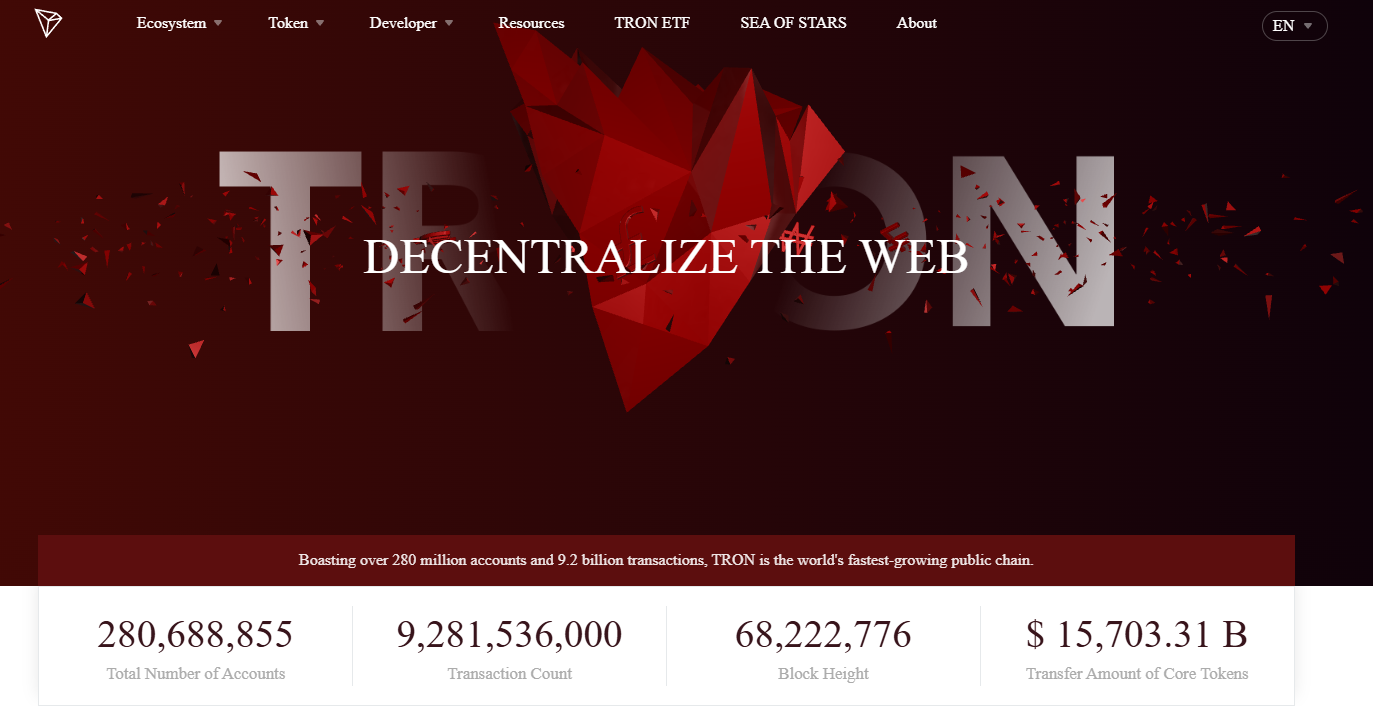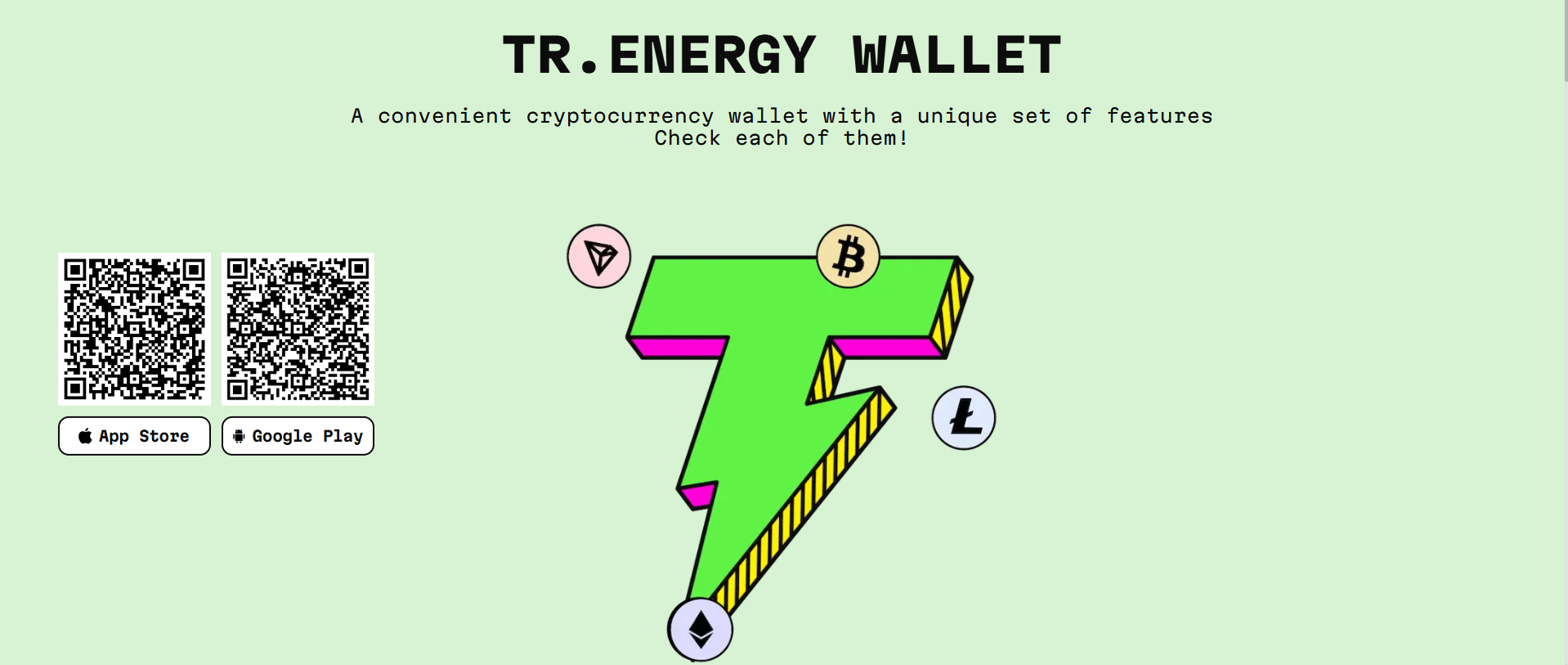How Tron blockchain works: a simple explanation of complex things
Blockchain is a technology that enables transparent and secure data storage. Tronix, better known as Tron, is one of the platforms that uses blockchain to simplify content exchange and reduce the number of intermediaries. Let’s dive into what this system is and why it stands out.
What is Blockchain in Simple Terms?
Blockchain is a massive ledger or database that cannot be tampered with. Think of it as an electronic school diary where all grades are recorded, and every student or parent can verify them. Instead of grades, blockchain records transactions.
Here’s how it works:
- Data is grouped into blocks. Imagine each page of your diary must be filled before you start a new one.
- Blocks are linked into a chain. At the end of the page, a reference to the next page is written, creating a chain of records.
- Copies of the blockchain are held by all participants. It’s as if every student had their copy of the diary to cross-check, making forgery impossible.
- Security is ensured through cryptography. All records are encrypted, making hacking the system as difficult as memorizing "War and Peace" in a single day.
Now that you have an idea of how blockchain works, let’s move on to the main star—Tron.
What is Tron?
Tron (TRX) is a blockchain launched in 2017. Its creator, Justin Sun, aimed to create a platform that allows people to share content freely without intermediaries, giving creators full control over their work. The inspiration was to make something akin to YouTube but decentralized.

Imagine you film a video and upload it online. On traditional platforms like YouTube, you share your revenue with the platform. Tron, however, offers a model where all revenue goes to you, eliminating intermediaries.
Key Features of Tron
Tron has several features that set it apart from other blockchains. Here are the main ones:
- Transaction Speed. According to Justin Sun, Tron can process up to 2,000 transactions per second.
- Low Fees. Tron makes transactions nearly free, with fees typically amounting to fractions of a cent. It’s like moving furniture across town for just a couple of dollars.
- Smart Contracts Support. Smart contracts are self-executing agreements. For example, if you bet with a friend on a football game, the smart contract will automatically transfer money to the winner once the match ends.
- Decentralized Applications (DApps). Tron enables creating apps that operate on a decentralized blockchain network, eliminating the need for traditional servers and central ownership.
- Content Ecosystem. Tron focuses on content creation and distribution, allowing creators to monetize their work directly on the platform.
How to Use Tron
If you want to get started with Tron, here’s what to do:
- Set up a wallet. Find a suitable crypto wallet like TronLink or Trust Wallet. This will be your personal safe for storing Tron cryptocurrency.
- Buy TRX. You can purchase Tron cryptocurrency on exchanges like Binance or Kraken. Fund your account, select the amount, and you’re good to go. For a detailed guide on where to buy Tron and how to set up a wallet, check out our website.
- Explore DApps. Try using applications on the Tron platform. For instance, you can play games, create content, or participate in voting.
- Launch your projects. If you’re a developer, Tron is an excellent platform for launching your ideas. Smart contracts and an accessible ecosystem will help you get started quickly.
The Best Wallet for Tron
The most convenient wallet for Tron cryptocurrency is the Tr.Energy Wallet.

This wallet offers several advantages. Users can save up to 52% on fees by purchasing TRX energy, which is especially beneficial for frequent TRC-20 token transactions. The wallet ensures security through encryption, avoids storing private keys on servers, and includes AML checks to prevent illegal activities. Additionally, a referral program rewards users with up to 5% for inviting new members. For more details, check out our article.
Why is Tron Better Than Other Blockchains?
Tron is often compared to Ethereum since both support smart contracts and decentralized applications. However, Tron has its own advantages:
- Speed. Ethereum processes around 30 transactions per second, while Tron handles up to 2,000.
- Fees. Ethereum fees can be high, especially during network congestion. Tron’s fees are almost negligible.
- Content Focus. Tron actively supports content creators, offering tools for monetization.
How Tron Blockchain Works: A Simple Explanation of Complex Things
Blockchain is a technology that enables transparent and secure data storage. Tronix, better known as Tron, is one of the platforms that uses blockchain to simplify content exchange and reduce the number of intermediaries. Let’s dive into what this system is and why it stands out.
Conclusion
Tron is a blockchain for those who want to decentralize the internet and eliminate unnecessary intermediaries. It offers fast transactions, low fees, and numerous opportunities for developers and content creators.
If you’re new to blockchain, Tron is an excellent way to dive into the world of cryptocurrencies. Remember: patience and a willingness to learn are key in this space. Who knows? Tron might just be your gateway to a new digital era.

